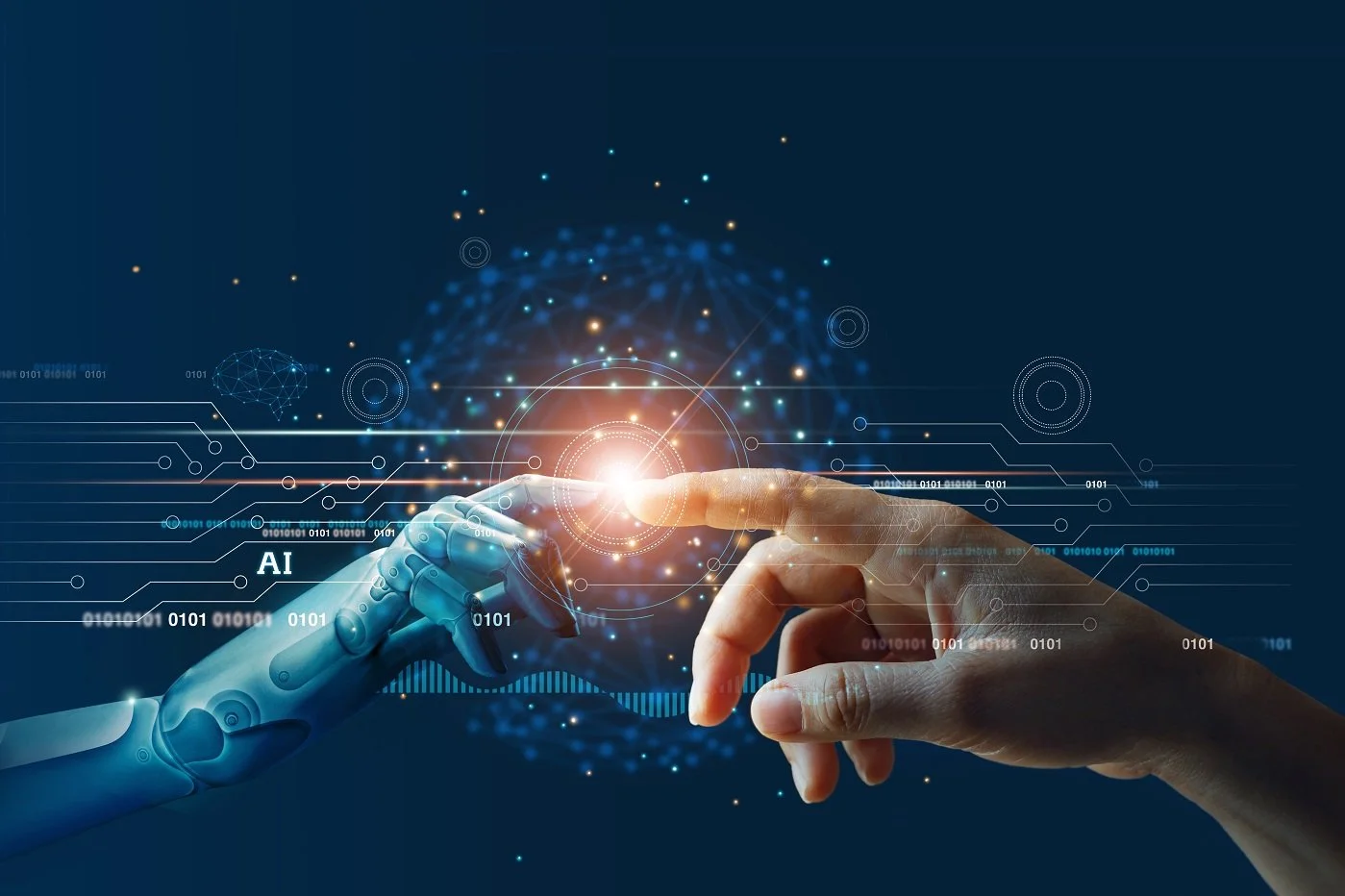By Tasha Wait
2023 has only just begun and it already feels like we are being hit with a new wave of technology. At the end of my master’s studies, I explored the literature of technological incompetence leading to economic exclusion, and even since submission I feel circumstances have already been elevated. In our field, technology forms the foundation of our industry. Digital health, health tech, and so on, all rely heavily on technology. However, as we build and send out our products for B2B or B2C consumption, we often fail to realise that our audiences may not be as digitally literate as we are. And this is where the gap lies.
The integration of Artificial Intelligence in healthcare holds the potential to greatly enhance the way we understand, treat, and prevent diseases. From faster and more accurate diagnoses to personalized treatment options and improved clinical efficiency, AI has the potential to revolutionize the healthcare system. However, with the rapid expansion of technology, there is a danger of those who struggle to keep up with digitalization being left behind, leading to basic healthcare needs becoming inaccessible to a large demographic.
One of the main concerns with the integration of AI in healthcare is the level of distrust that many people have towards technology. This can be due to a lack of understanding and experience with new technology, as well as fears around job loss, privacy, and security. Additionally, there may be concerns about the potential negative effects of excessive technology use on mental and physical health. All of these factors contribute to the digital divide.
To gain a deeper understanding of how new technologies will be adopted and integrated into our daily lives, the Diffusion of Innovation theory can be applied. This theory analyses factors such as ease of use, compatibility with current lifestyles, and perceived benefits to anticipate the impact of technology on our future world.
A prime example of the Diffusion of Innovation theory in health tech is the widespread use of telemedicine. Telemedicine refers to medical services and information provided through telecommunication technologies such as video conferencing, mobile apps, and remote monitoring devices. While once met with hesitation, telemedicine has become increasingly accepted and utilized, particularly due to the COVID-19 pandemic. This can be attributed to factors such as its convenience and accessibility, compatibility with the current healthcare system and patients' lifestyles, the opportunity for patients to try it out, and the visibility of its benefits to others.
In conclusion, while the integration of AI in healthcare has the potential to greatly enhance the healthcare system, it is important to understand the digital divide and the impact of digital illiteracy on those who may struggle to keep up with rapid digitalization. The Diffusion of Innovation theory can provide insights into how new technologies will be adopted and integrated into our daily lives, helping to ensure that the benefits of technology are accessible to all.


